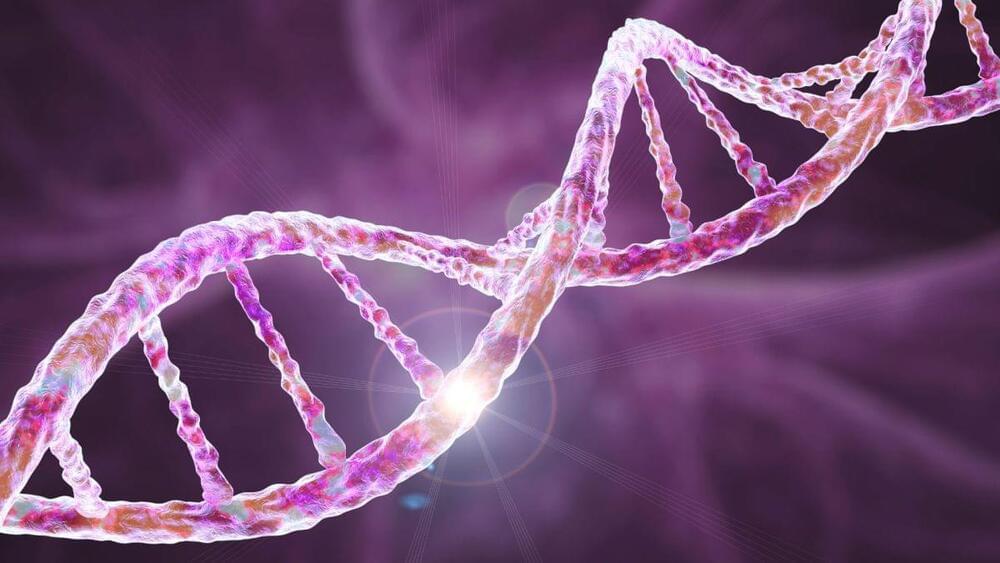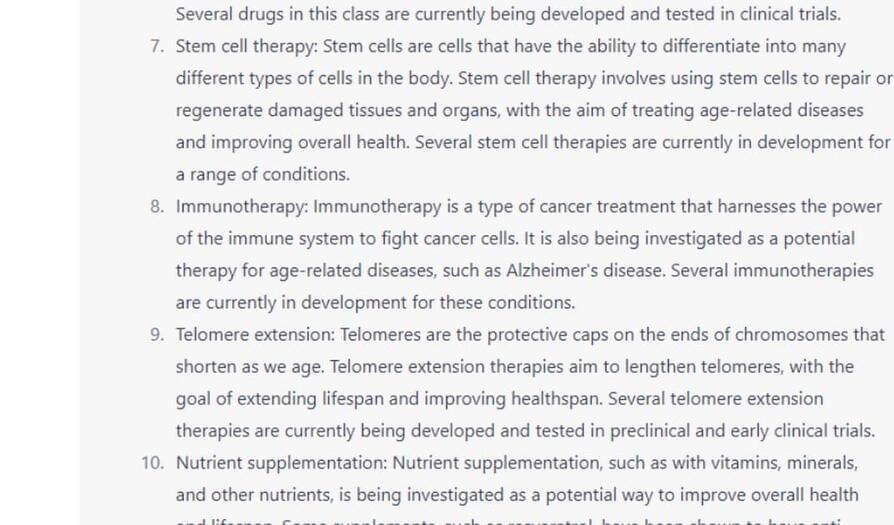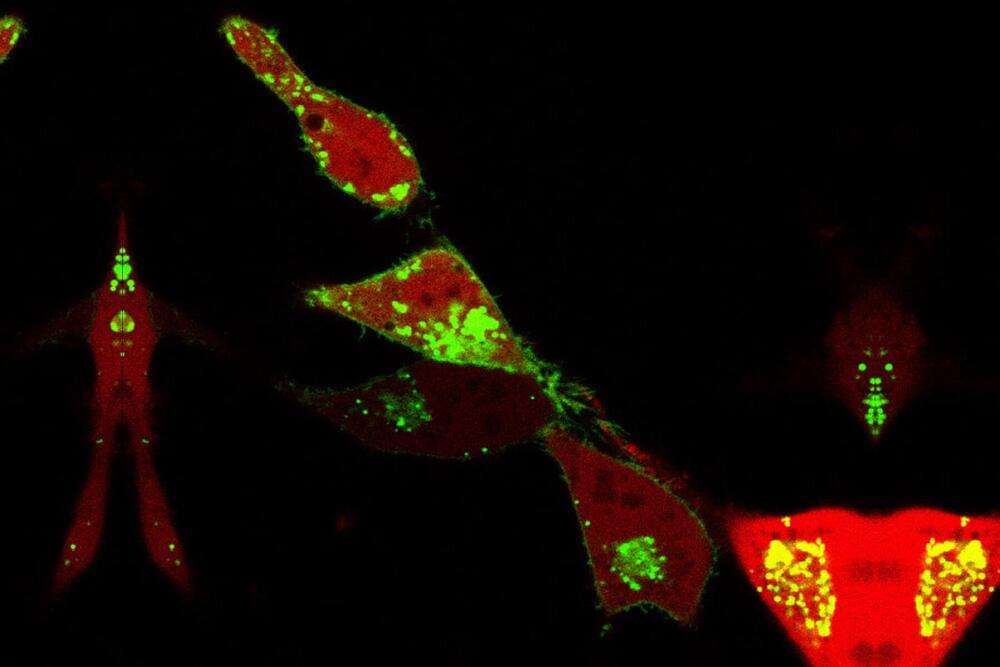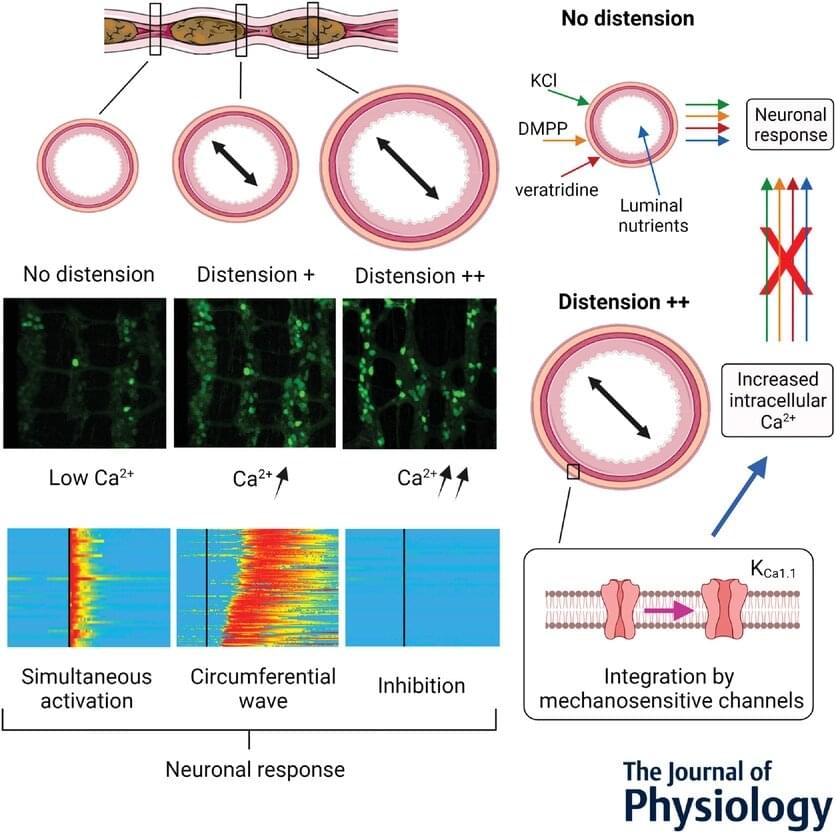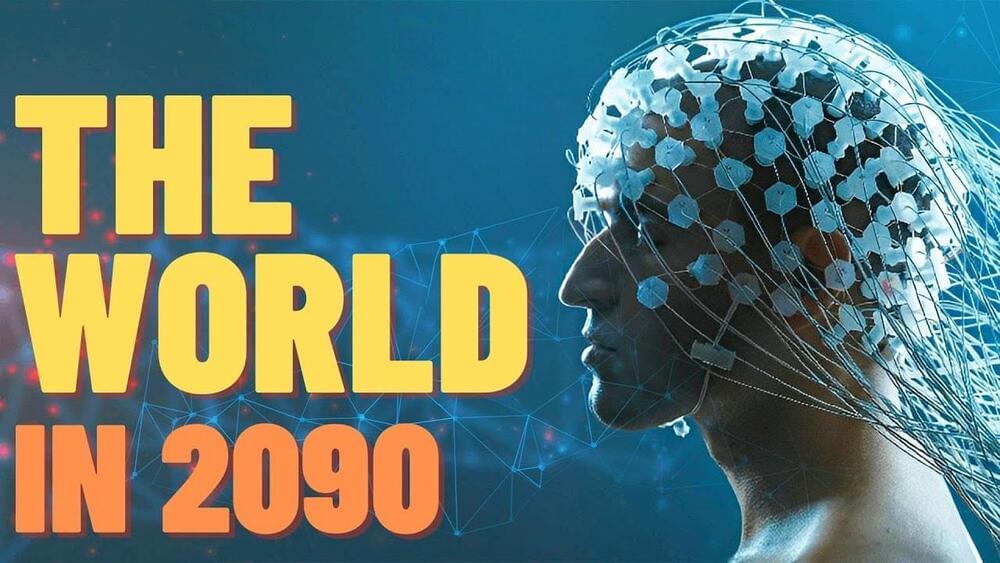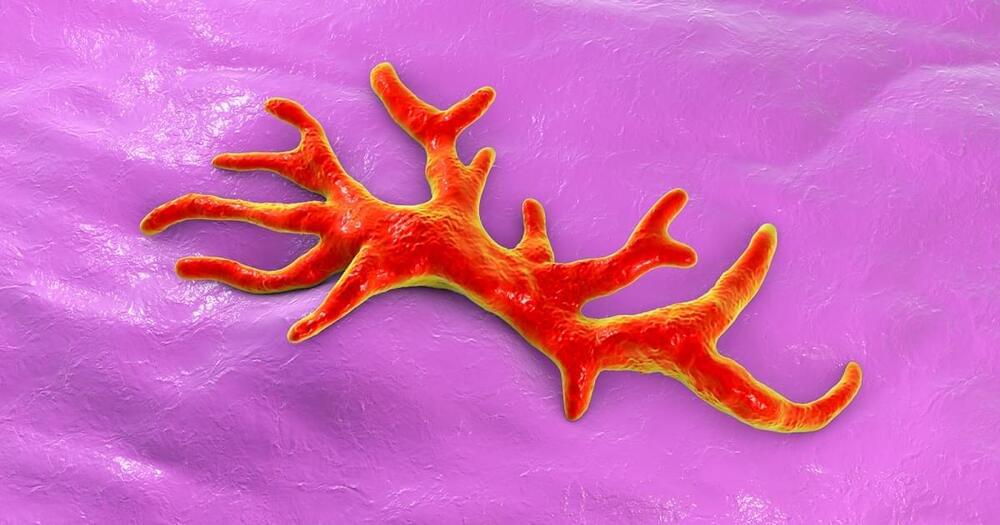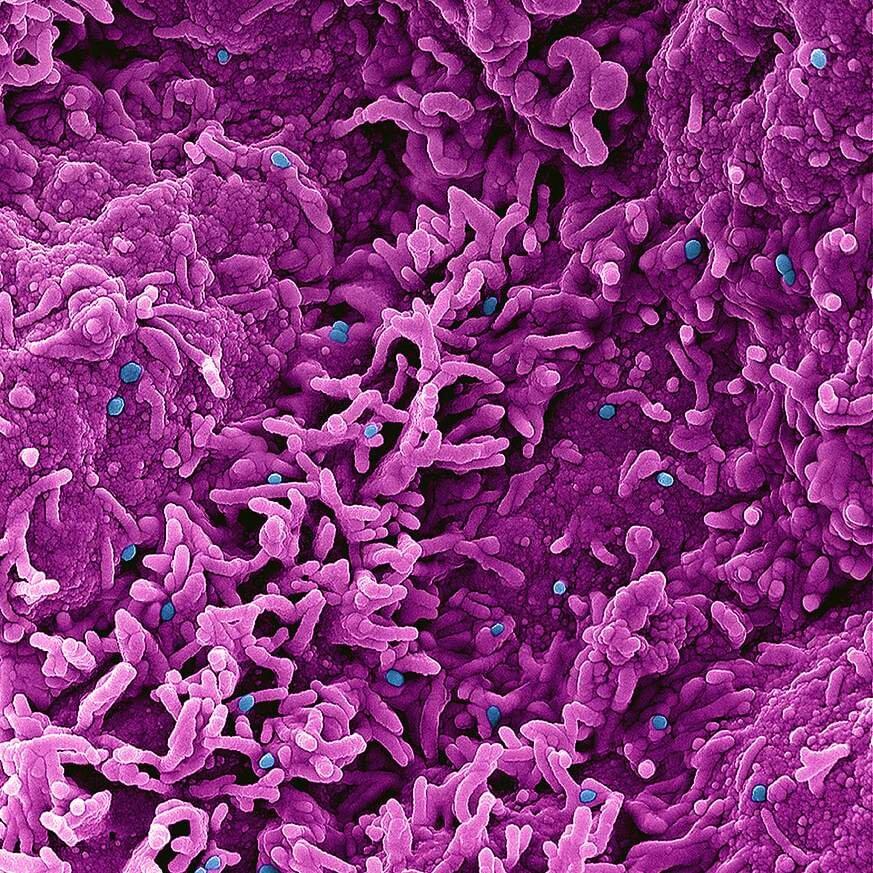
Scientists from the National Institute of Allergy and Infectious Diseases (NIAID), part of the National Institutes of Health, have removed a major roadblock to better understanding of mpox (formerly, monkeypox). They developed a mouse model of the disease and used it to demonstrate clear differences in virulence among the major genetic groups (clades) of mpox virus (MPXV).
The research, appearing in Proceedings of the National Academy of Science, was led by Bernard Moss, M.D., Ph.D., chief of the Genetic Engineering Section of NIAID’s Laboratory of Viral Diseases.
Historically, mpox, a disease resembling smallpox, was only occasionally transmitted from rodents to non-human primates or people, and was observed primarily in several African countries. Mpox rarely spread from person to person. That pattern changed in 2022 with an outbreak in which person-to-person mpox transmission occurred in more than 100 locations worldwide.
